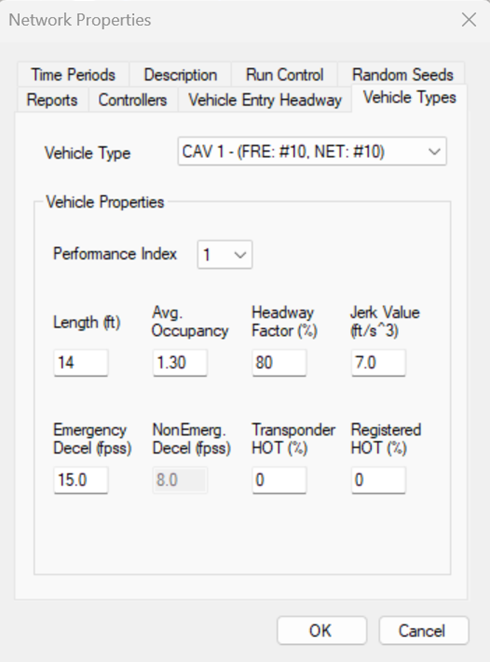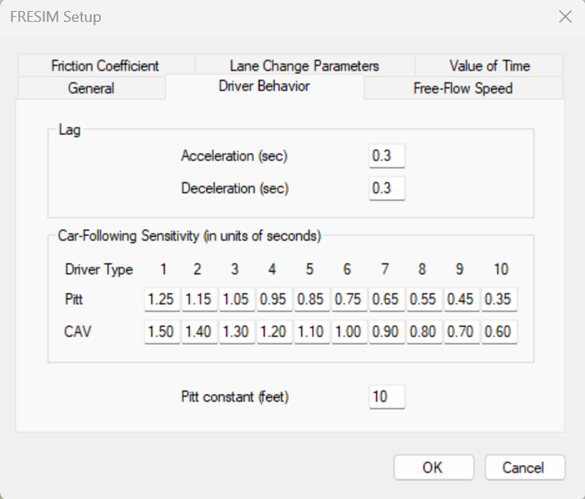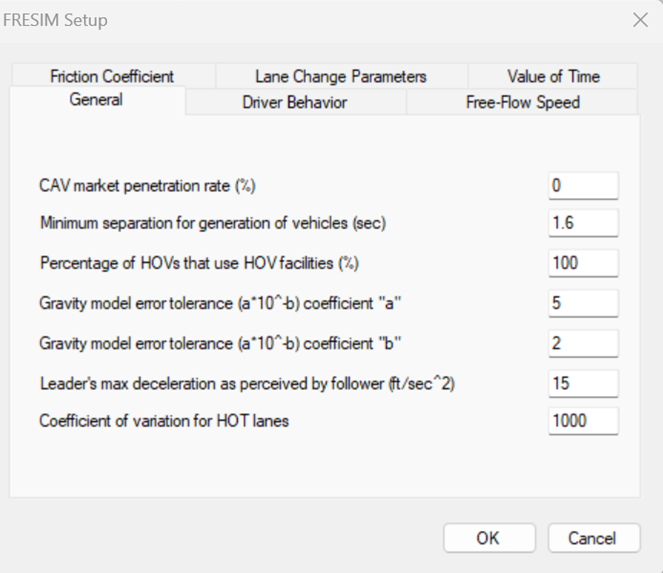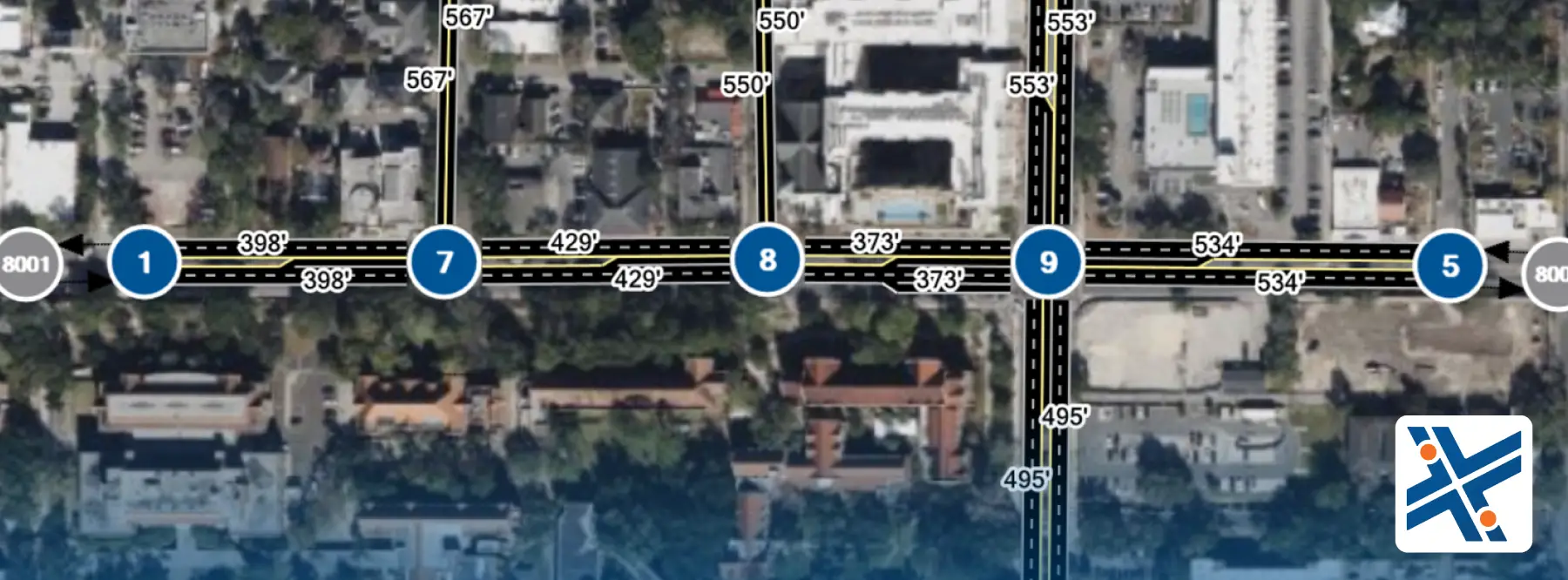McTrans Center stands at the forefront of traffic microsimulation, road safety performance analysis, and the assessment of traffic delay and level of service on urban and freeway networks. In this evolving landscape, a significant transformation is underway: the rise of electric vehicles (EVs). This article explores how the growing adoption of EVs is set to reshape traffic patterns and underscores the importance of simulating these emerging scenarios.
The Rise of Electric Vehicles
The year 2023 marks a pivotal moment in the automotive industry, with expanded tax credits and lifted caps for EV makers leading to an influx of EVs on U.S. roads (1). This trend is not just a U.S. phenomenon but a global shift towards a more sustainable mode of transportation.
Impact of Electric Vehicles on Traffic Patterns
New Traffic Generation:
The EV revolution brings with it a change in travel behaviors. Charging station locations and the time required to charge EVs influence travel patterns, potentially altering traditional peak hours and routes taken by commuters.
Vehicle Demand:
The switch to EVs may also impact vehicle ownership trends. As EVs become more accessible, we might witness changes in peak-hour traffic intensity and overall vehicle usage, presenting new challenges and opportunities for urban planning and traffic management.
Level of Service on Roadways:
The operational characteristics of EVs, such as smoother acceleration, can affect the flow of traffic. These changes may require a reevaluation of the level of service metrics on our roadways. In the absence of published standards to perform deterministic analyses, microsimulation becomes a crucial tool for evaluating the impacts of advanced technologies on traffic flow.
Adaptive Cruise Control (ACC): A Key Trend in Car Technology

Adaptive Cruise Control (ACC) has emerged as a significant trend in automotive technology. This feature allows a vehicle to automatically adjust its speed to maintain a safe distance from the car ahead. While ACC is beneficial for safety, it can potentially reduce road capacity at bottlenecks. This reduction is mainly due to ACC’s slightly delayed response and the limited acceleration it offers when vehicles start moving after being stopped, resulting in longer average distances between vehicles.
However, the integration of ACC in Electric Vehicles (EVs) could offset these limitations. EVs possess unique powertrain characteristics, such as instantaneous torque and regenerative braking, which could enable ACC systems to maintain shorter distances between vehicles and accelerate more rapidly. This capability is especially beneficial in situations with non-steady traffic flow, where vehicle speeds vary and queues form.
Recent studies shed light on the promising potential of EVs equipped with ACC. In optimal conditions, these vehicles could potentially achieve traffic capacities of up to 2,931 vehicles per hour per lane. This capacity is not only sustainable in steady-state traffic conditions but also in dynamic scenarios where traffic patterns are more variable (2).
By understanding and leveraging these technological advancements, we can ensure that our road infrastructure stays ahead of the curve, ready to accommodate the evolving dynamics of future traffic.
The Need for More EV Charging Stations
The increasing demand for EVs is inextricably linked to the need for more charging infrastructure. This development could create new traffic hotspots, especially in densely populated areas, and pose unique challenges for traffic management around these new focal points. Given these upcoming challenges, traffic simulation can be an ideal tool to evaluate potential alternatives.
Importance of Simulation in Understanding EV and Adaptive Cruise Control (ACC) Impact
As we step into a future dominated by Electric Vehicles (EVs), simulating traffic scenarios becomes pivotal for crafting effective traffic management strategies and guiding infrastructure development. These simulation tools are essential in evaluating road safety and minimizing traffic delays, ensuring our road networks are optimally prepared for upcoming changes.
McTrans Tools for Evaluating EV Impact on Traffic
McTrans offers two sophisticated software solutions to accurately forecast future road capacities and alterations in traffic patterns due to Electric Vehicles (EVs).
TSIS-CORSIM
TSIS-CORSIM is a micro-simulation tool that effectively adjusts key vehicle parameters to simulate EVs, with or without Adaptive Cruise Control (ACC). It allows, for example, fine-tuning of acceleration and deceleration profiles, reaction times, and the expected distance between vehicles. Using CORSIM to simulate electric vehicles (EVs) with Adaptive Cruise Control (ACC) involves several key steps:
 Define Vehicle Parameters: Adjust EV-specific characteristics like acceleration, deceleration, and reaction times to reflect their unique capabilities, such as instant torque.
Define Vehicle Parameters: Adjust EV-specific characteristics like acceleration, deceleration, and reaction times to reflect their unique capabilities, such as instant torque.
Incorporate ACC Functionality: Modify the simulation to account for ACC behavior, adjusting parameters for following distance and response to changes in the speed of the vehicle ahead. The following figure shows the default parameters for connected autonomous vehicles (CAV) in CORSIM. Some of the important parameters to simulate ACC behavior are the Pitt Constant, that describes the minimum spacing between vehicles, and the Car-Following Sensitivity parameter that sets the desired time headway (in seconds) between a leader-follower pair.
Calibrate Traffic Scenarios: Create realistic traffic conditions, including different road types and traffic densities, to observe how EVs with ACC perform under various situations. The following figure shows where to set the parameters related the CAV penetration rate in the flow in CORSIM
- Adjust for Charging Behavior: Simulate the impact of EVs needing to detour to charging stations on overall traffic patterns.
- Analyze Traffic Performance: Examine key metrics like travel times, speed variations, and frequency of braking to understand the impact of EVs with ACC on traffic flow.
By carefully setting up and running these simulations, we can obtain insights into how the increasing adoption of EVs, particularly those equipped with advanced features like ACC, will impact traffic dynamics. This information is vital for traffic agencies and policymakers to prepare road networks for the future of transportation.
Highway Capacity Software (HCS)
The latest version of HCS includes a groundbreaking feature that integrates autonomous vehicles into traffic flow analysis. This tool, developed from extensive research, is based on a complex algorithm designed to simulate the behavior of Connected Autonomous Vehicles (CAVs) and their unique interactions within traffic. It’s an invaluable resource for understanding and planning for the evolving dynamics of traffic with CAVs (3).
Both tools offer the option to adapt to your scenarios, catering to diverse user needs and facilitating a comprehensive understanding of emerging traffic patterns influenced by EV and CAV integration.
Conclusion
The shift to electric vehicles is more than just a change in the type of vehicle on our roads; it’s a transformation of our entire approach to mobility and urban planning. Understanding and preparing for these changes is crucial, and the McTrans team is closely following these upcoming trends, offering advanced simulation and analysis tools to navigate this new era in transportation.
Reference
(1) Inflation Reduction Act Impact on Electric Vehicles, available at https://electrificationcoalition.org/work/federal-ev-policy/inflation-reduction-act/.
(2) Servet Lapardhaja, et al (2023) Unlocking potential capacity benefits of electric vehicles (EVs) with adaptive cruise control (ACC), Transportmetrica B: Transport Dynamics, 11:1, 1894-1911, DOI: 10.1080/21680566.2023.2271668.
(3) Estimating Capacity Impacts of CAVs on Highways, Freeways, and Urban Roads. Available https://mctrans.ce.ufl.edu/estimating-capacity-impacts-of-cavs-on-highways-and-freeways-and-urban-roads.




